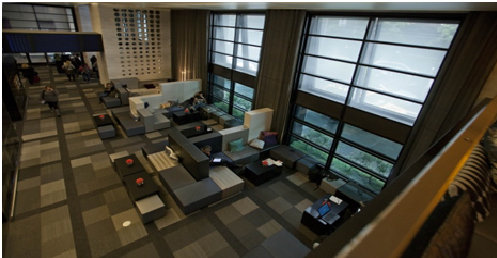Window films are developed by applying various kinds of technologies such as ceramics, dual reflective technology, film technology, UV ray protection technologies, metallic technology, VLT, Adhesive and other related film technologies. The prime motive behind window film is to reduce solar heat, increase privacy during daytime, reduce sun’s glares from entering the house and effectively reduce UV rays and light from entering.
Clear and distortion-free CDF Adhesive window films are developed on CDF adhesive technology. The process involves chemical combustion that binds together the glass and film. The end product is a very high quality durable adhesive. It is thin, hard and a crystalline adhesive that is suitable for home window tinting.

Home window tinting
UV shield technology makes for great window films that perform highest level of UV ray blocking and rejection of UVA and UVB intervention into homes by 99.9%. Home is where the heart is and damaged interiors are not what residents want. UV shield technology protects inner homes, decor and furniture from fading.
In order to get sparkling clean windows ultra clear polyester technology is used. This makes clear viewing possible even during night time. Delicate handling and professional installation is advised in window film installations.
Nanotechnology is a diverse field of study. There have been numerous discoveries into it. Application range for nanotechnology is diverse. Molecular science and its related applications have been greatly implemented in window tinting. The main thing in this technology is manipulation of solar spectrum. Sun’s spectrum comprises of light that is visible to human eye, Infra Red Radiation and UV radiation. These components combine and generate heat. Scientists work tirelessly in making window tints gain the quality of “Spectral Selectivity”. Nano-ceramic window film technology is used in homes and cars. It has the ability to block 99% of ultra violet light.
NASA had brought out the very first technology in window film and glass coats. First glass tinting product was included in space shuttle missions. Soon after this, USA sponsored for developments in this field. Glass coatings were introduced as objects that could effectively combat sun.
There are continuous studies and researches carried out in this field. This has led to discoveries and potential discoveries in advanced technology in window films that give peaceful cooler homes.
Metallic technology is used in producing metalized and dyed window tinting that is transparent to sunlight and converts solar radiation into infrared radiation. The glass exterior then rejects back this radiation thus preventing heat encroachment in home interior.
Ceramic Window Films are not dyed and are non-metallic. These films are expensive than the usual ones. Heat transfer and blocking of UV rays are innate qualities of ceramic window films. This is the reason for its distinctiveness and high price.
There are several international Standardization and Certifications that lay down safety and security rules. Big names in the window tinting industry follow high level of quality in its technology by maintaining the norms set by global bodies.
New window film and related products are developed with the help of research. Increasing temperatures are forcing everyone to look up to this industry for change.
Author bio
Alice Aires is a certified technology reviewer. His articles are of great value in the science and technology fields. In order to know more about Home window tinting in Denver visit here.


